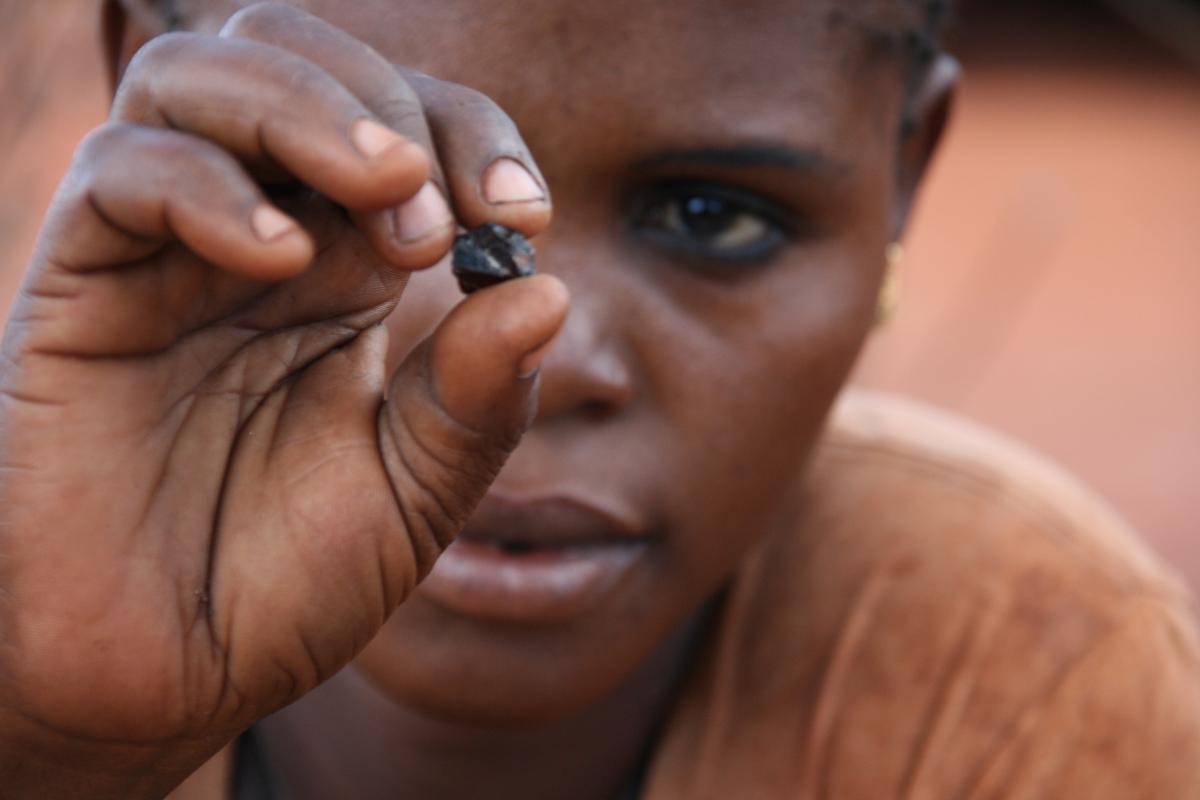Four Ways to Empower Women in Artisanal and Small-Scale Mining
Many women work in artisanal and small-scale mining, but with little support. Stacy Corneau explores four ways to empower women in the sector.
With an estimated third of the world’s mineral resources located in Africa, integrating mining with sustainable development to achieve social and economic benefits has never been more crucial.
Artisanal and small-scale mining (ASM) is a complex and diversified sector, ranging from informal individual miners seeking a subsistence livelihood to small-scale commercial mining entities.
Women miners can face a variety of barriers, but with the right tools, ASM can contribute to their increased economic empowerment
Global estimates suggest about 100 million individuals, including people who work in the sector and their families, depend on ASM in approximately 80 countries around the world. The work is a valuable source of livelihood for many people, including millions of women. However, there is a pressing need to enhance the quality of life for these women miners, and to integrate gender equity and equality principles into the sector as a whole.

There is also a need for policies aimed at legalizing and regularizing ASM. However, if this happens without reliable data on women’s economic activities in ASM, regulations may not adequately address their perspective because of a lack of sufficient analysis of their current conditions, their economic roles in the sector and the barriers and discrimination they so often face.
Research suggests that there are a number of ways to address these challenges while minimizing the gendered impacts of ASM and promoting economic independence for women artisanal miners. Here are just a few:
1. Boost the skills of women artisanal miners
The ability for women to participate effectively and consistently in the artisanal mining sector is often limited by traditional gender roles and a lack of available technical training. Providing such training in conjunction with legal mining knowledge and the skills to identify entrepreneurial opportunities can economically benefit women miners in the artisanal sector.
By enhancing gender equity and equality within ASM, the sector can spur social transformations to achieve poverty reduction, inclusive growth and sustainable development.
2. Create women-focused services
Women miners can face a variety of barriers, but with the right tools, ASM can contribute to their increased economic empowerment. Mobile mentoring and counselling services focused on women’s issues is one path. Another solution is to establish childcare centres or other family-related services at mine sites to alleviate some of the barriers that otherwise hinder women’s participation in the artisanal mining sector.

3. Encourage education and sector involvement
Recent research among women miners in Uganda found that more than 70 per cent of the women had little to no schooling. Establishing women-focused training and encouraging women miners in the artisanal sector to join or create associations can provide opportunities for knowledge sharing and access to information, and increase their ability to foster new initiatives.
4. Challenge unfair norms
Women often face gender discrimination at excavation and mine sites, which prevents them from taking on more lucrative activities. Due to these issues, women tend to work alone rather than in teams with men. By encouraging women miners to work collaboratively with each other, and by encouraging the artisanal mining sector as a whole to challenge gender norms holding women back, they can prosper and take on roles that could earn them a higher income.
As women continue to make up a large share of the ASM workforce, there is a pressing need to ensure their quality of life, particularly for women miners working outside of formal legal systems. By enhancing gender equity and equality within ASM, the sector can spur social transformations to achieve poverty reduction, inclusive growth and sustainable development.
You might also be interested in
IISD's Best of 2024: Publications
As 2024 draws to a close, we revisit our most downloaded IISD publications of the year.
Artisanal and Small-Scale Mining of Critical Minerals
This report examines the potential for artisanal and small-scale mining (ASM) to take an expanded role in the global supply of critical minerals.
Leveraging Digital Infrastructure for Mining Community Resilience
This report explores the socio-economic impacts and potential of new technologies in the mining sector.
Navigating Global Sustainability Standards in the Mining Sector
This brief examines the latest developments and trends in responsible mining standards and voluntary sustainability initiatives.
